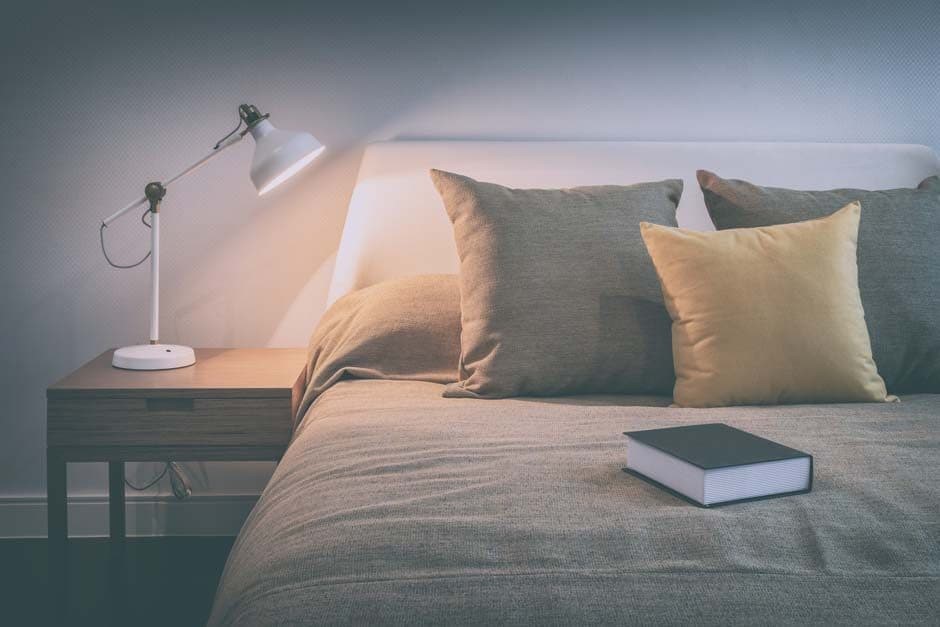When you are planning your home’s layout and functional spaces, it is critical that you take your lifestyle into account. There are a lot of aspects to take into account, but this is quite easy, especially if you spend some time and make a little effort.
Record your lifestyle
Before you start to plan your home’s layout and functional features, you have to record your lifestyle. Take anything from a week to a month to be mindful of your daily routine. When you wake up in the mornings, pay attention to what you do first. Your bedtime routine is equally important.
It is also important that you make a list of things that you’d like to spend time on, but never get to do because of impracticalities in your home. Think about changes in your home that would enable you to spend time on your hobbies or maintenance activities.
Take note of any little time wasters in your routine because of inconveniently located rooms or cupboards. If you have a partner or a family, ask them to do the same.
Floorplan
After you have taken an extensive look at you and your family’s lifestyle, it is time to draw up a rough floor plan. Take everything into account and be prepared to do some creative problem-solving. If you, for example, like to do yoga in the mornings, why not use your living room rug? Yoga rugs can also be decorative, and it may be a good idea to buy a floor rug that doubles as a Yoga mat.
If you like to receive and entertain guests, make sure that there is an accessible bathroom that is adequately separated from the living room. Also, make sure that your kitchen is easily accessible for when you have to carry groceries from the car.
Prepare to make more changes
After you have made changes to your rooms and functional spaces, you may still encounter problems with functionality. Be prepared from the start to make more changes. You may feel like it is taking too much time, but it will also eliminate frustration and prevent you from wasting precious time.
Wasted spaces
If you are making changes to the structure and walls of your house, try to eliminate corridors. They are a big waste of space, and you may want to optimize your time and floor space with a big open plan room that can double as a home office or recreation area. Areas underneath staircases can also be transformed into bookshelves or storage space.
Storage
Speaking of storage, there are a lot of nooks and crannies that can be changed into storage spaces. This is especially helpful if the places are out of sight. Items that you only need once a year can be rather be stowed in a hard to reach place than to be stored in plain sight where it adds to the clutter.
These spaces include the areas underneath beds and sofas, openings between two cupboards in an attic, and inside hollow box-shaped chairs. You may have to think outside the box, especially if you have a problem with clutter.
Open plan rooms
When you are planning on getting rid of interior walls to create an open plan space, make a scale drawing that includes your furniture. When there are fewer walls inside a space, you may need to place your furniture in the middle of a room without anything behind it.
This is not necessarily a problem, but if don’t plan for this, you may find that you have problems placing your furniture in a functional and aesthetically pleasing manner. This can also make it difficult to have established walkways that are not in the way of someone watching television or of people that are having a conversation in the living room.
Take your time
When you are planning for your home to become more accommodating to your lifestyle, it is worth your while to spend a lot of time to ensure that you cover all the bases. Keep your existing infrastructure like drains and electric wiring in mind and come up with solutions when there are conflicts of interest.
Incorporating your lifestyle with your home can help you live a full and relaxing life that is streamlined and free of frustration.










